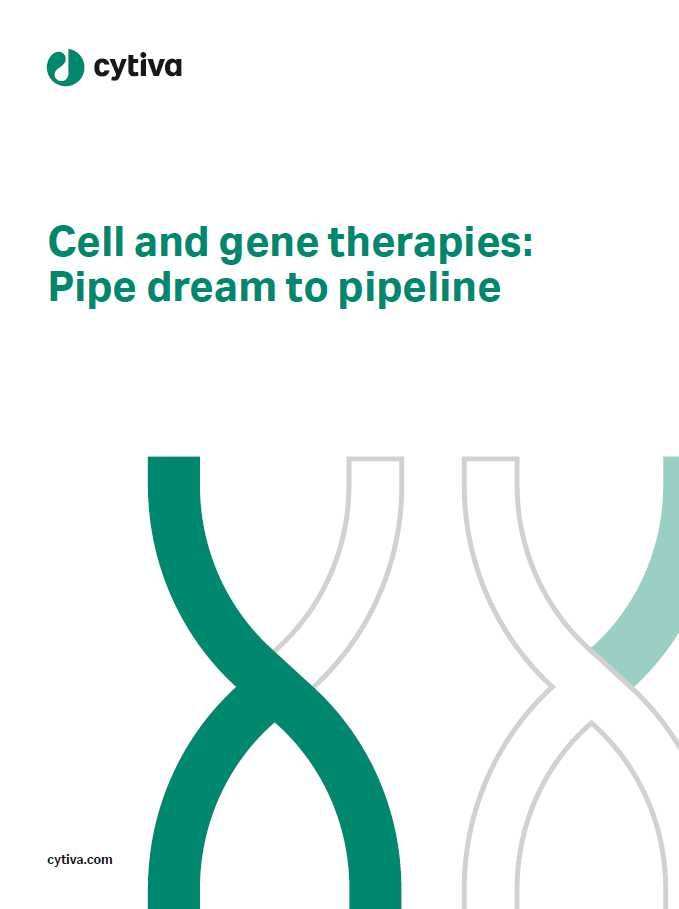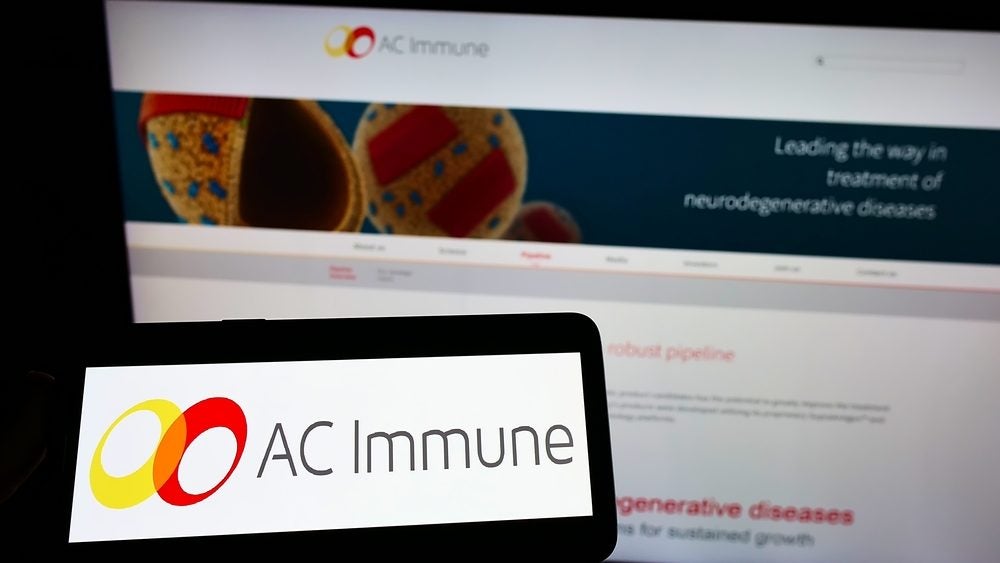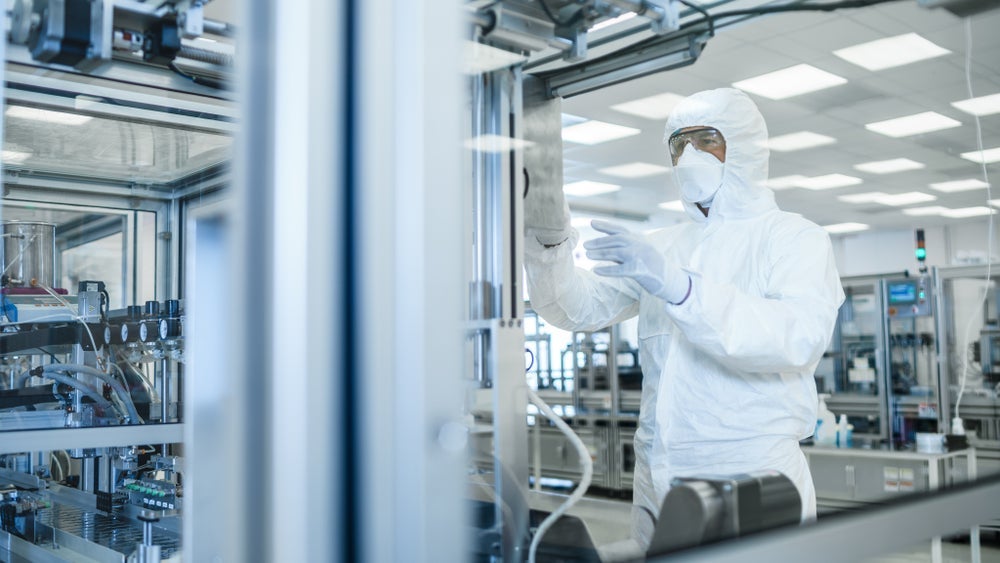
The Covid-19 pandemic caused overall greenfield foreign direct investment (FDI) project numbers to decline by 17.5% in 2020. However, as the world reopened in 2021, investors reacted quickly and FDI levels rose by 18.1%.
As companies were keen to make up for lost time, most sectors have witnessed a rise in their number of projects, including the nucleic acid therapeutics sector in the biotech space. This is mostly composed of investment activity coming from organisations providing products and services related to genomics, pharmacogenomics, gene probes, genetic engineering, DNA or RNA sequencing, synthesis and amplification, gene expression profiling, and use of antisense technology.
The rise in investments in 2021 came as messenger RNA (mRNA) Covid-19 vaccines, among the first to get authorized, were developed and made available to the general public. The speed at which mRNA platforms were engineered to develop a panacea for the worldwide pandemic put the spotlight on this highly specialised field of biomedical research. The pandemic posed an existential risk to the human race, which prompted the heavy investments in this field, says Sudeep Basu, practice leader, Innovation Services at Frost and Sullivan. “We immediately react[ed] with a gut instinct to say we’re going to throw everything at this to counter this challenge.”
The pandemic exposed the need for global cooperation for public health, and that there’s a lot of money to be made in developing public health solutions, says Justin Pierce, an associate at the law firm Goodwin’s Business Law Department.
GlobalData’s FDI projects database shows that there were 76 projects in the nucleic acid therapeutics sector in 2021, up from 50 the year before.
GlobalData is the parent company of Pharmaceutical Technology.
Around 66% of nucleic acid therapeutics-related projects in 2021 were new investments, with the remaining being expansions of existing facilities.
Where are the leading destinations for FDI in nucleic acid therapeutics?
Western Europe was the leading region when it came to attracting FDI projects in the nucleic acid therapeutics sector in 2021, with 17.6% of all projects announced or opened globally. However, North America attracted the highest number of projects during the period of 2019–20.
In 2021, project numbers for Western Europe and North America were almost double the level received in 2019, while product numbers were over three times higher for Asia Pacific.
The US remained the leading destination country for FDI in nucleic acid therapeutics in 2021. It received 24 inbound projects – almost double its level experienced in 2019.
In 2018, the US government introduced the Foreign Investment Risk Review Modernization Act to strengthen the Committee on Foreign Investment in the United States (CFIUS) which involved new non-control jurisdiction and a mandatory filing regime. There were initial concerns that this may scare away investments, particularly from China-based investors, in the United States, says Pierce. Over time, though, the level of industry concern leveled off because most technologies in the biotech space are not ‘critical technologies’, so most foreign investments in US biotech firms do not trigger a mandatory filing, says Brian Curran, partner at the law firm Hogan Lovells.
The seminal technology developments in cell and gene therapy happened mostly in the US, Japan, and Europe, Basu adds. However, while the Asia-Pacific region has seen a lot of investments in manufacturing capacity, it still lags behind in technology development, he says.
Japan was the biggest source market of nucleic acid therapeutics-related investments into the US, as they created 15 projects during the period 2019–21.
The pharmaceutical company Takeda Pharmaceutical and a subsidiary of Takeda Pharmaceutical Company Limited, a Japan-based R&D-driven biopharmaceutical manufacturer, announced its plans to invest $84 million to build a new 3,530 m2 commercial cell therapy manufacturing facility in Lexington, Massachusetts.
Several countries, including the UK, Germany, Netherlands and China, have also attracted a good number of nucleic acid therapeutics projects during the period of 2019–21. However, investments in Germany decreased in 2021, compared to the years before.
Other key destination markets for foreign investments were Japan, Canada, and France during this three-year period.
What are the top FDI business functions in nucleic acid therapeutics?
Manufacturing was the leading business function for foreign investments in nucleic acid therapeutics, not only in 2021, but also in the preceding two years. There were 31 projects created in 2021, up from 20 in 2020 and 14 the year before.
The key to this field is not only the production of RNA products, but also manufacturing delivery vehicles like lipid nanoparticles (LNPs) and extracellular vesicles to deliver the RNA or DNA therapeutics, says Basu. This area is currently lacking large-scale investments, he adds.
Still, one of the projects included in this analysis illustrates how foreign investments are a key component here. Wacker Biotech B.V., is a Netherlands-based full-service contract manufacturer and subsidiary of Dr. Alexander Wacker Familien GmbH, a Germany-based operator of chemical production facilities, in partnership with CordenPharma S.p.A., an Italy-based cGMP manufacturer, and a subsidiary of International Chemical Investors Group, a Luxembourg-based industrial group. This project plans to jointly build research and development capacities for developing solutions in the field of LNP formulation at their respective manufacturing sites: Wacker Biotech in Amsterdam and CordenPharma in Caponago, Italy.
Thermo Fisher Scientific, the US-based provider of scientific instrumentation, reagents, consumables, and software, has also opened a new manufacturing site in Lengnau, Bern, Switzerland.
Where are the leading investors for nucleic acid therapeutics located?
Our analysis shows that the US remained the leading source market for outbound FDI in nucleic acid therapeutics in 2021. The number of outbound projects from the US amounted 22 in 2021, up from 8 in 2020 and 12 in 2019.
For example, Lemba, a US-based biotech start-up company, has established its operations in Nijmegen, Gelderland, Netherlands. The company focuses on drugs that work by targeting long non-coding RNA (lncRNA).
Apart from the US, other key source markets were Japan, the UK, Switzerland, and Germany during this period.
What does the future hold?
To summarise, the US is the clear leader when it comes to FDI in the nucleic acid therapeutics sector. It ranks at the top of inward and outward FDI tables, representing 35.9% of the global FDI inflows and 25.6% of the FDI outflows for the 2019–21 period.
The US is expected to keep dominating the FDI flows in this sector in the years to come, but it remains to be seen if that will continue to happen or if we will see a slowdown. Given rising inflation and other market forces, US private equity firms and venture capitalists are likely going to tighten up their investments this year compared to the last two, says Basu.
However, the good ideas will continue to be funded, he adds. “The only way for countries like the US to stay ahead is to invest in newer technologies and delivery platforms, and push the boundaries on innovation, especially in healthcare,” says Basu.
Cell & Gene Therapy coverage on Pharmaceutical Technology is supported by Cytiva. Editorial content is independently produced and follows the highest standards of journalistic integrity. Topic sponsors are not involved in the creation of editorial content.






